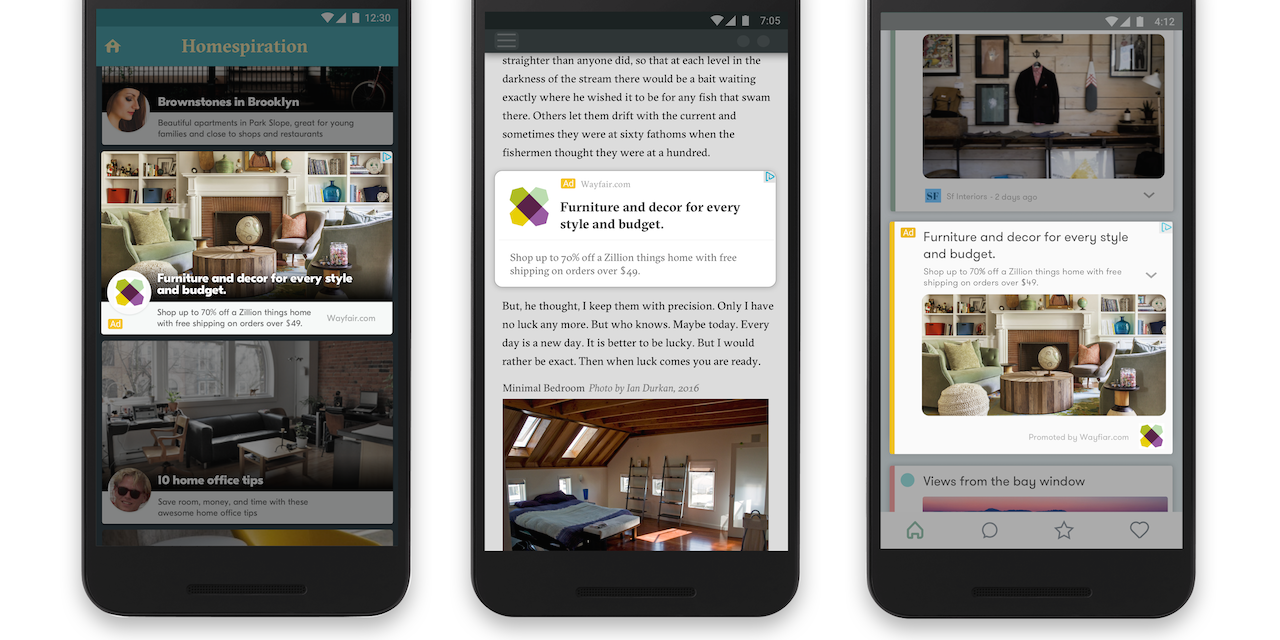Google is adjusting its advertising services to better serve mobile users. On Tuesday, the search giant issued a number of announcements concerning new search ad formats for Google.com and Google maps, and adjusted the format of its AdWords text ads.
The company is seeing unmistakeable trends showing that search is becoming a mobile, location-based endeavour. Not only are approximately half of Google’s searches now initiated from a mobile device, but approximately one-third of mobile searches are location-related… and growing: mobile location-related searches are growing 50% faster than all searches on the go.
In Canada, data from Google Trends shows that use of the search terms “near me” has increased 400% year-over-year in Canada. Combine that with Nielsen’s Mobile Search Moments 2016 study that says 42% of all Canadian mobile searches are used to decide whether to buy something or pursue more product information, and one sees the value of a more mobile-focused ad environment to brands.
Google is now rolling out expanded text ads that will soon include a two-line headline and a longer description (merging the current two 35-character lines into one 80-character line). Display ads in the Google Display Network (GDN) will also now be responsive, adjusting to screen size to accommodate tablet and phone browsers (see above).
Google is also promising businesses better options in location-based searches via new local search ads in Google.com and Google Maps. The company said it is “experimenting” with different ad formats such as Promoted Pins on Google Maps.Google has displayed text ads alongside its online maps for several years. But the change announced Tuesday marks the first time the company has inserted the equivalent of a digital billboard into the directions map itself. Google is importing the concept to its Maps app from Waze, a smaller traffic-navigation service that the company also runs.
Local business pages are also getting an overhaul (pictured right) with the goal of allowing advertisers’ branding to be more apparent in search results.
Media buyers were not overlooked in Tuesday’s announcements either. They will now be able to set individual bids and adjustments by device — mobile, desktop or tablet.
Related
• Google removing some AdWords inventory from desktop search
• How Google’s new mobile ad units could redefine user expectations
“You will also have a wider range to adjust bids, up to +900%,” said Sridhar Ramaswamy, senior vice-president, ads and commerce for Google, in a blog post. “With more controls, you can now optimize with greater precision while keeping things simple with a single campaign that reaches consumers across devices.”
More information is available at Google’s Inside AdWords blog.












